A residential side street a stone’s throw from Buckingham Palace in central London is an unlikely spot for an art space of global significance – yet this is what the Delfina Foundation has steadily become. In the 35 years since the late Spanish-born philanthropist Delfina Entrecanales first set out to support artists by providing studios and residencies, a stellar list including Mark Wallinger, Tacita Dean, and Sonia Boyce among others has benefited from her largesse. The foundation’s long-standing director, Aaron Cezar, says that the foundation rollcall now boasts 17 Turner Prize nominees with four winners, and six Venice Biennale gold and silver lions among its alumni, which now number over 1,000.
This month, the much-loved organization is entering a new chapter. Cezar is launching a £7m fundraising campaign to buy and renovate its building, expand the team and its activities, and develop more income-generating initiatives, especially consulting. Delfina Foundation is entirely self-funded and Entrecanales’ son, who also serves as a trustee, is kicking-off the campaign to help secure its future.
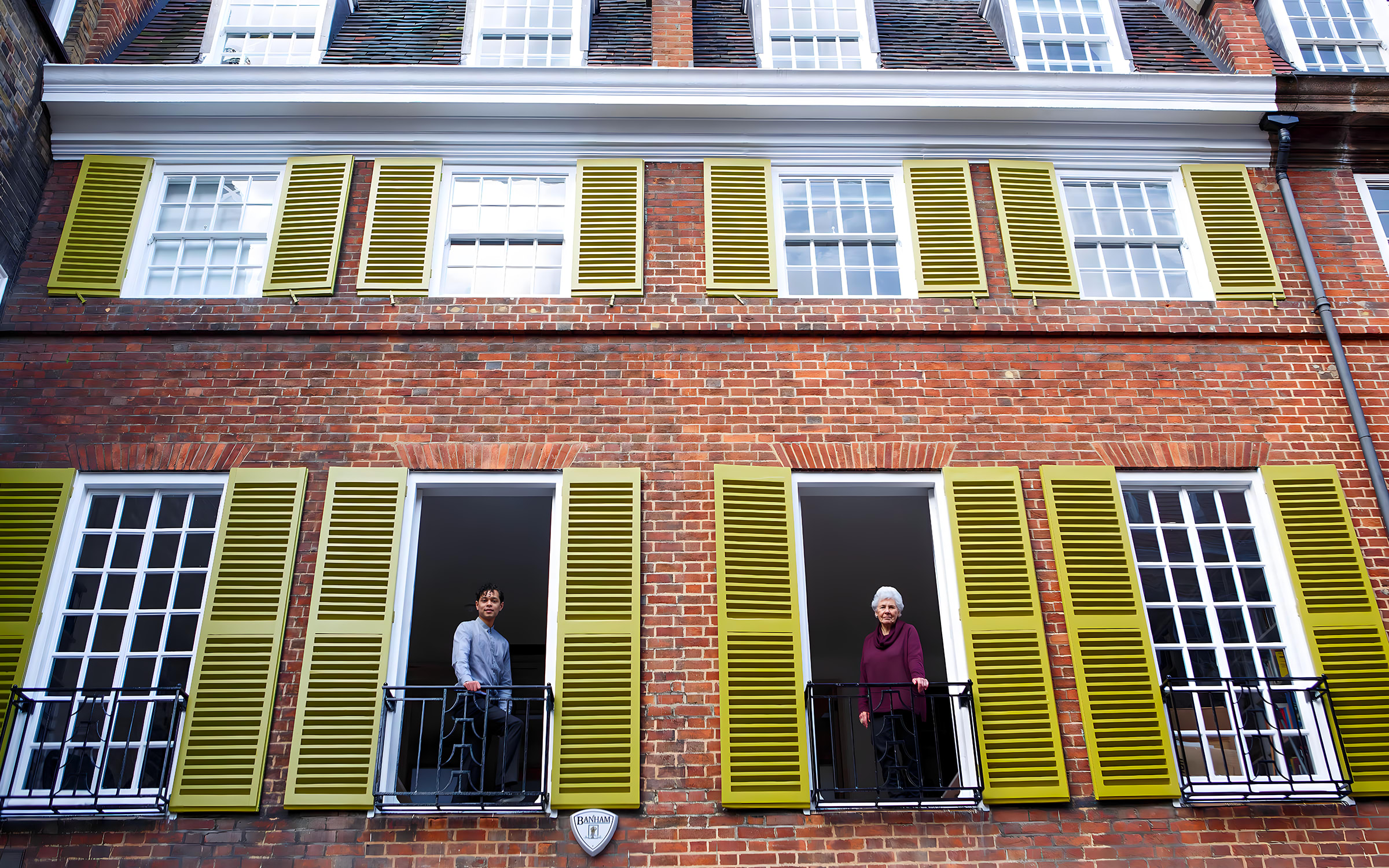
Delfina Foundation started in its current form in 2007. In 1988 Entrecanales set up the Delfina Studios Trust in Stratford in east London, moving in 1993 to Bermondsey, where it remained until 2006. The foundation, best known for its residency program, initially focused on the Middle East and North Africa, but soon embraced wider international ambitions. Today, the organization occupies two adjacent Edwardian townhouses and has the air of a rather grand family home.
It welcomes around 40 residents a year, who live and work in the house for up to three months at a time. Overseas guests have included Wael Shawky from Egypt, Trevor Yeung from Hong Kong, and Saudi Arabian artist Manal Al Dowayan, whose work was recently exhibited at the Louvre Abu Dhabi and the Guggenheim Museum in New York.
From its outset, Delfina Foundation has nurtured artists early in their careers by connecting them to other artists, curators, and writers in a friendly environment. ‘My work has been to develop [the residencies] as a model for caring for artists and supporting them – with no strings attached,’ explains Cezar, who started working with Entrecanales in 2007. Here the artists are not put under pressure to mount exhibitions or donate work, as is often the case with other residencies.
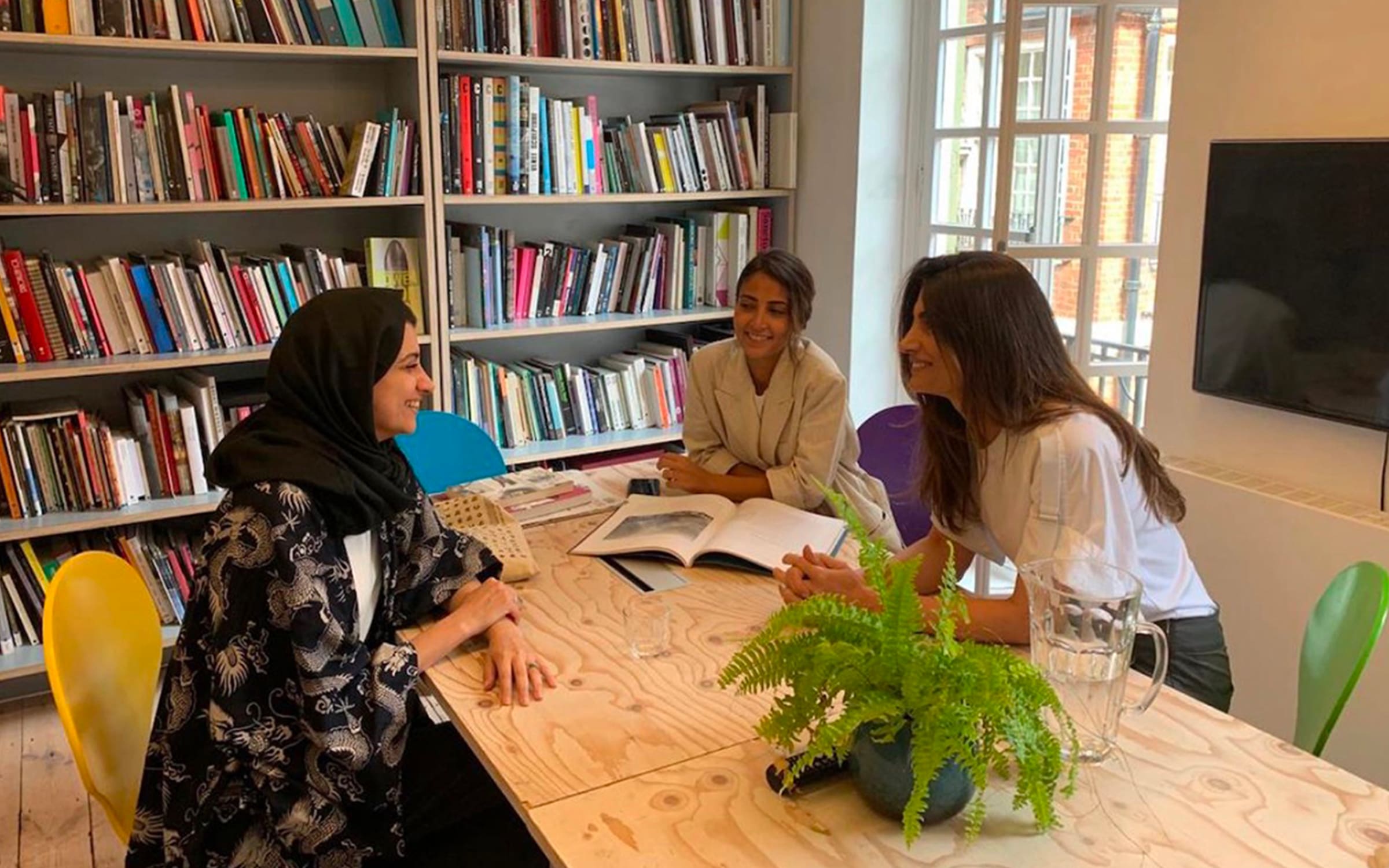
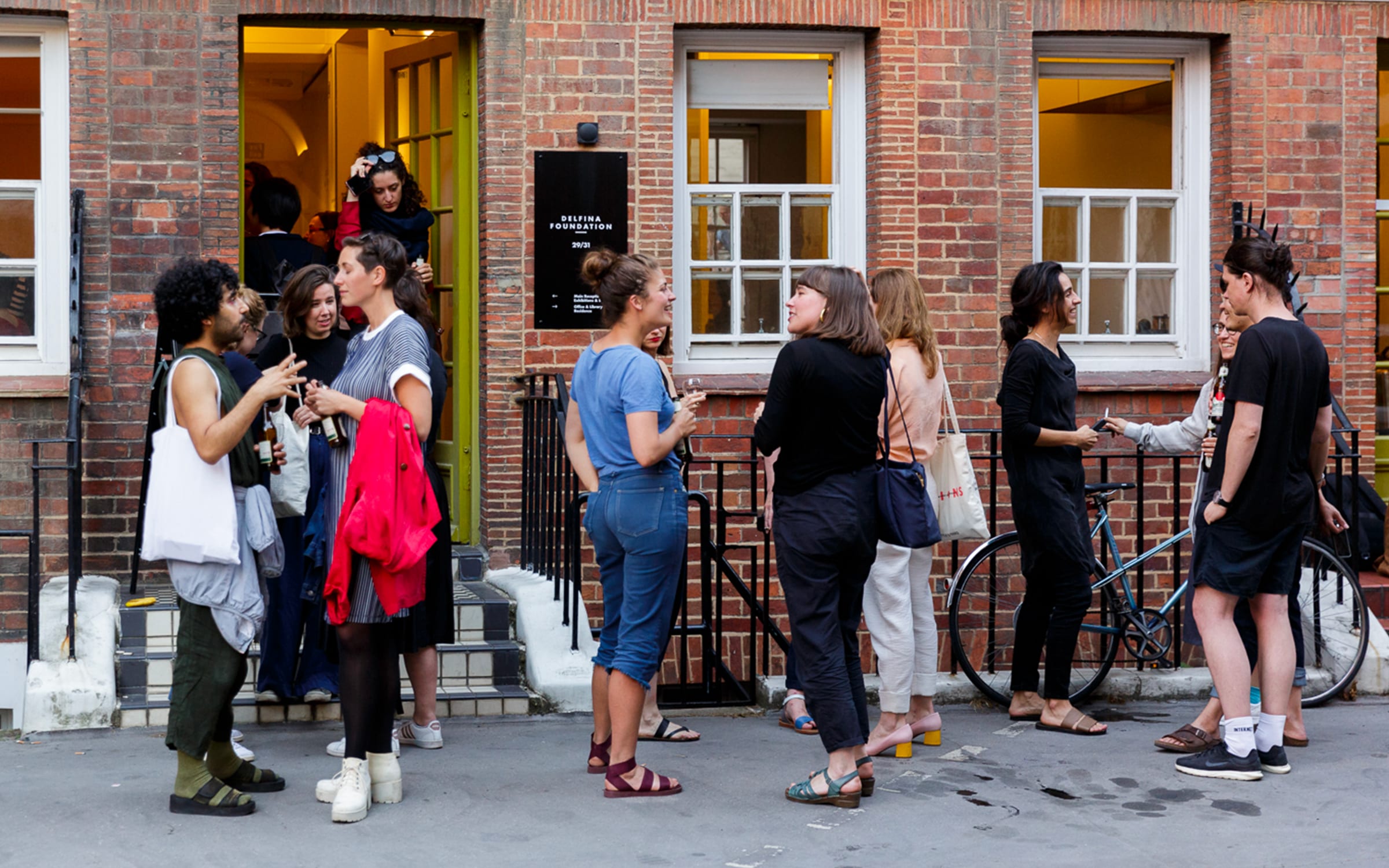
For many years, the program was funded by Entrecanales, whose father founded the multinational Acciona conglomerate in Spain in 1931. She was a vibrant and bohemian figure, mingling with rock stars including Pink Floyd before turning to the visual arts. ‘What an incredible life Delfina had, and what an impact she had on art and artists,’ says Cezar. ‘She was in her 80s when we first met, but, even then, we were having conversations about the future.’ Cezar, with Entrecanales’ backing (she died last year aged 94), has gone on to build a circle of patrons who each year help raise the foundation’s £750,000 annual budget.
Perhaps unsurprisingly, it is uncommon for private patrons to support another patron’s foundation. They usually prefer the prestige of a major museum or to have their own names above the door. But Delfina Foundation has succeeded in attracting leading arts philanthropists: Abdelmonem Bin Eisa Alserkal, Rory and Elizabeth Brooks, Nicoletta Fiorucci, and Andreas and Ulrike Kurtz among many others. The Brooks, for example, fund a residency for a curator to work with the Tate – an institution they support in other ways, along with the Hayward Gallery, the National Gallery, and the University of Manchester. ‘The way we work, and our track record, has inspired others to support us,’ says Cezar.
Art collector Irene Panagopoulos, the chief executive of Greek shipping firm Magna Marine Inc., has recently joined the foundation’s Global Council. She first came across it a decade ago. ‘I wanted to set up a residency myself and I was looking at examples for inspiration,’ she says. ‘Then I saw it, and decided it was perfect.’ She dropped her plans and decided to support Delfina Foundation instead.
Panagopoulos credits Cezar for her decision to become a supporter, as do several others. Rajeeb Samdani, who also sits on the Global Council, together with his wife Nadia, recalls: ‘One of the things that impressed me is that I used to bump into Aaron in all sorts of obscure places – not London, or Paris but at a small arts center in Goa, or in studios in Turin.’ Cezar is undoubtedly an asset for the foundation. Well-connected and widely admired, he has also developed strong curatorial credentials, including curating the opening and closing performance program at the 58th Venice Biennale and judging the Turner Prize in 2021.
The Samdanis are Bangladesh’s best-known contemporary art collectors, and founders of the Samdani Art Foundation and Dhaka Art Summit – a cross between a biennale and discussion forum held every two years. Samdani explains that when he and Nadia set up the summit in 2012, they awarded a Bangladeshi artist under 40 a cash prize. ‘Then we realized that sponsoring a residency could change an artist’s life,’ he says. Now the award is, instead, a residency at the Delfina Foundation.

Md Fazla Rabbi Fatiq, one of the latest Samdani award winners, will be in residence in London until 15 October. ‘He’s having lunch with curators, he’s presenting his work to dealers and collectors – it’s the sort of experience you couldn’t get in Bangladesh,’ Samdani says.
Alia Al-Senussi is a cultural strategist who specializes in art from the Middle East. Based in London, she is a member of Delfina’s Strategic Advisory Panel, along with collectors Alain Servais and Maryam Eisler among others. ‘The Delfina Foundation was at the forefront of supporting artists and other creative professionals from the Arab world,’ she says. ‘It was one of the first to respond to the incredible renaissance that is happening across the Middle East, North Africa, and South Asia.’
Yan Du, a collector based between Hong Kong and London, is focused on championing Asian art. She founded the Asymmetry Art Foundation in London in 2019 and funds curators researching in the field. Now a member of Delfina’s Global Council, she also supports residencies at Delfina Foundation, and curatorial placements at the Whitechapel and Chisenhale galleries. The foundation has exposed her ‘to a broad coalition of knowledge and outlooks, from the Middle East, South America, and pan-Asia,’ she says, adding that she ‘believes deeply in Delfina’s global cause.’
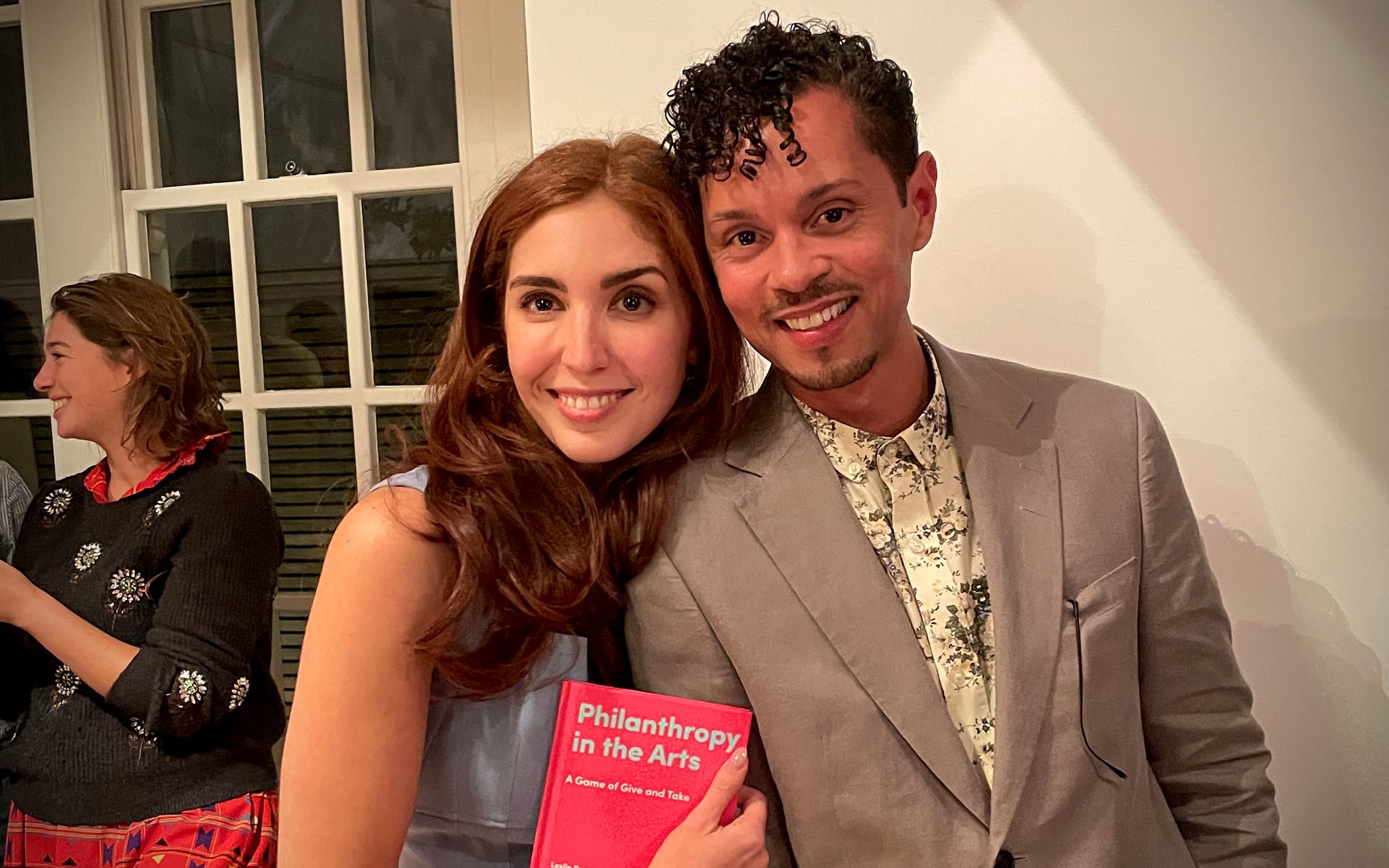
But even with such enthusiastic patrons, big fundraising campaigns can be tough. Cezar will need all the support he can get to reach his target. Leslie Ramos, an adviser whose book, Philanthropy in the Arts, is coming out this autumn, says that small institutions are disadvantaged compared with behemoths like Tate. ‘Big organizations can have 50 people in their development departments and host galas and openings, which is impossible for smaller organizations like Delfina,’ she says. ‘But there is a sense of family at Delfina and supporters really know how much they are valued.’ She also points out that even modest donations can have a significant impact on foundations of this size. ‘It would be great if we got the message out that you don’t need billions to support the arts. In small organizations, small amounts of money go a very long way.’
Delfina periodically mounts exhibitions of previous residents’ work. Farah Al Qasimi, a 2017 resident, is presenting new work in its gallery this October. The exhibition’s title, ‘Abort, Retry, Fail’ is based on the error message of a now defunct dial-up computer that used to connect her Abu Dhabi-based family to the world. She recalls her residency as being a chance to ‘completely rethink my relationship to my studio practice.’ She brought nothing with her, instead making handmade puppets and using them to make films.

There will be other opportunities to see past Delfina residents in London this autumn. David Blandy has an exhibition at the Wellcome Collection, while Sumi Kanazawa presents a major installation at the Daiwa Anglo-Japanese Foundation. Yeung, who will represent Hong Kong at the next Venice Biennale, is showing at Gasworks, while Sonya Dyer has an exhibition at Somerset House. Eugene Yiu Nam Cheung, meanwhile, is curating an exhibition devoted to artist and poet Anna Mendelssohn at the Whitechapel Gallery. The Delfina Foundation may be discreet – but as its former residents show, its influence reaches far and wide.
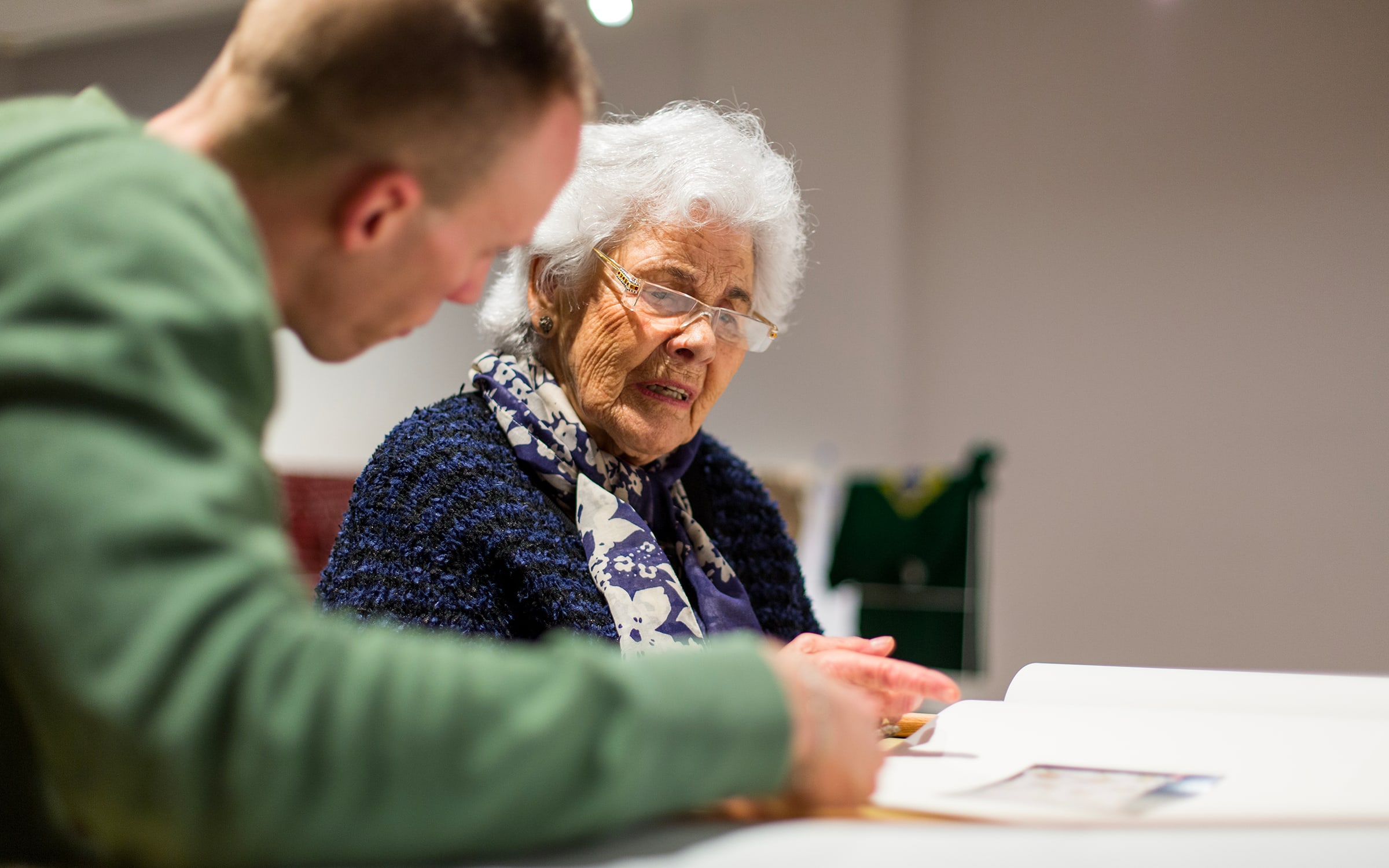
Monster Chetwynd
‘Pond Life: Albertopolis and the Lily’
Gloucester Road Station, Art on the Underground, London
Until May 2024
London is particularly good at art on public transport. Launched in the 1980s to fill unused advertising spaces, Art on the Underground has consistently punched above its weight – and its latest project, courtesy of Monster Chetwynd, is no exception. Located on a disused platform at Gloucester Road station, it dives into the history of the 1851 Great Exhibition, highlighting how the ribbed veins of an Amazonian waterlily inspired gardener-turned-architect Joseph Paxton’s design for the Crystal Palace’s then-revolutionary architecture. This jumble of Victorian anecdotes is articulated by a series of amphibian sculptures and a film, in which Chetwynd plays a fact-finding witch piecing together the clues history leaves in plain sight. C. M.
Art Basel’s Editorial team is composed of Juliette Amoros, Tatiana Berg, Emily Butler, Karim Crippa, Jeni Fulton, Andi Harris, Alexis Laki, Coline Milliard, Alicia Reuter, Katie Rothstein, and Patrick Steffen. Art Basel’s commissioning editors are Stephanie Bailey, Kimberly Bradley, and Emily McDermott.
Published on June 26, 2023.
Caption for full-bleed image: Zenzaburo Kojima, ビーチ・パラソール (Beach Umbrellas), 1932. Courtesy of the artist and High Art, Paris / Arles. A dark filter was applied for readibility.